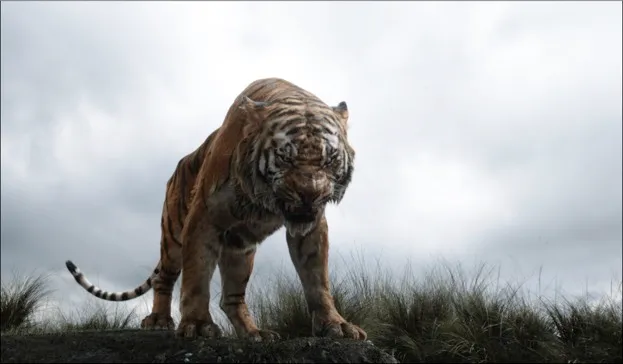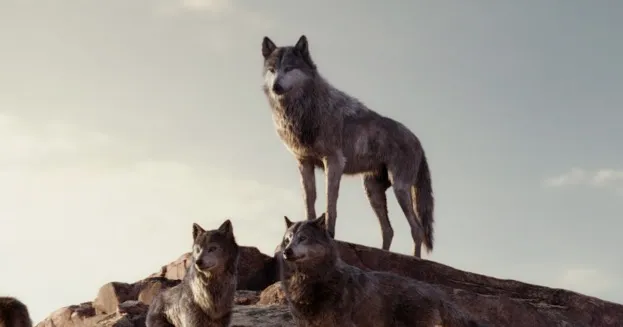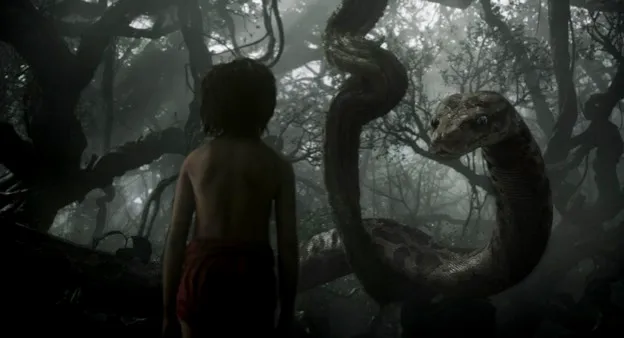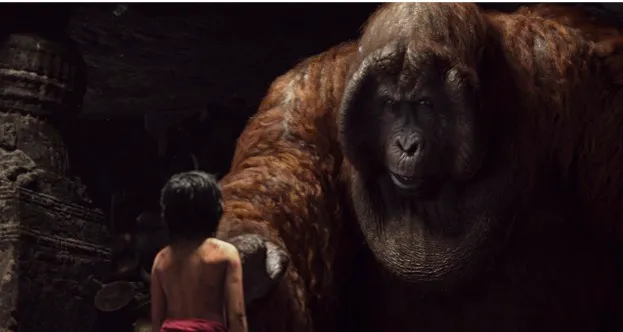Rudyard Kipling’s The Jungle Book is more than just a timeless tale of adventure — it’s a story rich with unforgettable characters who embody courage, wisdom, and the untamed spirit of the jungle.
Whether encountered through Kipling’s original stories or Disney’s beloved adaptations, these characters continue to captivate readers and viewers alike, reminding us of the wild beauty and moral depth hidden in the heart of the jungle.
The Jungle Book real-life creatures
Baloo the bear

There are bears in India, but most of them look nothing like Baloo, who is clearly modelled on the brown bear, a species mainly found in North America, Europe and throughout Russia, though there are a very small number in the northern Indian states of Jammu and Kasmir.
In fact, in India, you’re most likely to see a sloth bear, which has a long, black shaggy coat, distinctive cream markings on its chest and long, curved claws adapted for digging up termite mounds and ants nests. If you’d really like to see one for yourself, try Satpura National Park. Some Asiatic black bears are found in Northern India, too.
Bagheera the black panther

There tends to be a lot of confusion about what a black panther is, but usually it is a black or melanistic version of either a leopard (in Africa or Asia) or a jaguar (in Central and South America).
Black panthers tend to be extremely rare, though one study suggests they are surprisingly common (and indeed the norm) in Peninsula Malaysia. Encounters with a leopards can be fatal, so don’t go thinking Bahheera’s relationship with Mowgli is in any way representative.
Shere Khan the tiger

Tigers are India’s most iconic creature and probably the main reason why thousands of westerners travel there every year to go on safari.
They are big business, too – a female tiger called Machali, believed to be 19 years old, is estimated to have earned £70 million for Indian tourism since 1998. But Shere Khan's hatred of Mowgli is understandable, given that tigers were persecuted in Kipling's time and still are today.
- 11 staggering tiger photographs reveal the athletic power and brutal ferociousness of this deadly apex predator
- Tiger guide: species facts, how they hunt and where to see in the wild
Nevertheless, investment in anti-poaching efforts and wildlife reserve protection are paying dividends, and tiger numbers have been rising in India for at least the past six years or so. Reserves such as Kanha, Pench, Ranthambhore and Tadoba-Andhari are regarded as the best places to see them.
Raksha the wolf

Once the world’s most widely distributed land mammal, the grey wolf persists in a few areas of India but in very low numbers. It is found as far south as the state of Tamil Nadu, the most southerly extent of its range in the world. Small by wolf standards, and their coat is more of a reddish-tawny colour than the straight slate or pale grey of North American animals.
- What is the biggest wolf in the world? Meet the deadly canine apex predator - as well as its domestic rivals
- Wolf vs dog: what's the difference between man's best friend and its wild cousin?
Stories of feral children that have lived with wolves (like Mowgli does) appear in the media from time to time, but most are shown to be hoaxes – one famous case from the 1920s involved two girls in Bengal, in India, who were reputedly raised by wolves. Later, it was concluded that their strange behaviour was down to developmental defects.
- Can dogs crossbreed with wolves?
- These 11 intimate photographs capture the stunning beauty of wild wolves
- Ultimate guide to wolves, a deadly apex predator: From Arctic hunters to forest stalkers, here's all you need to know about the dog's wild cousin
Kaa the snake

Kaa is probably an Indian or Asiatic rock python, a reasonably common species over much of the Indian subcontinent. It can grow to about 6-7 metres long, so it's not the juggernaut-length monster depicted in the film.
Most constricting snakes – pythons in Africa and Asia, boas in the Americas – are not dangerous to humans, though that doesn't stop people being afraid of them (ophidiophobia, since you ask).
King Louie the orangutan

In the original animation, King Louie – a character invented for that film and not in the Rudyard Kipling stories – was clearly an orangutan, a species that was never found in India but only on the islands of Borneo and Sumatra.
In the newer version, the producers have taken this on board – well, sort of – and turned King Louie into what has been described as Gigantopithecus, an extinct genus of large great apes, though to the casual observer he still resembles an outsize orangutan.
Whatever King Louie is, however, you can be certain you won’t be seeing him on your trip to India.






